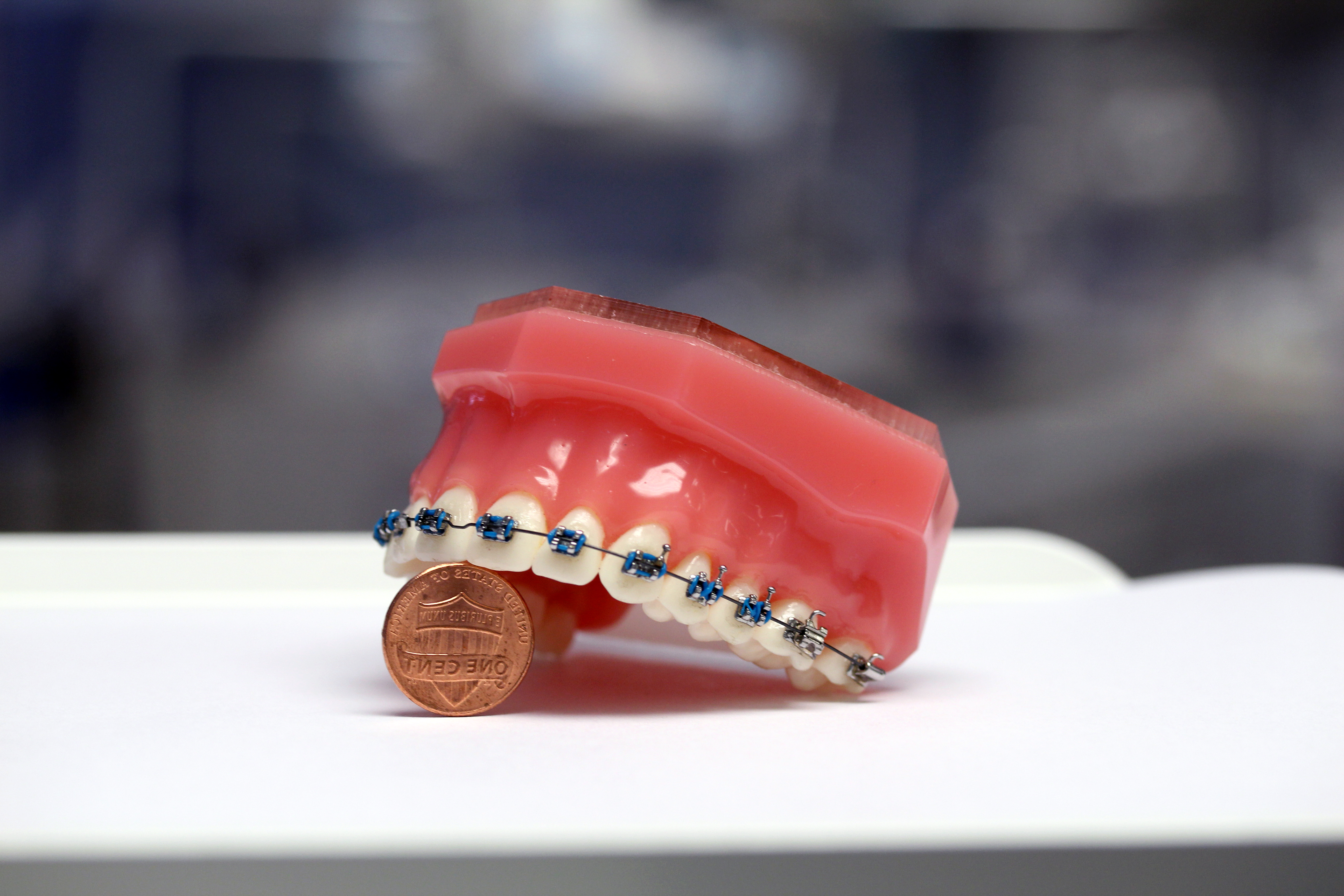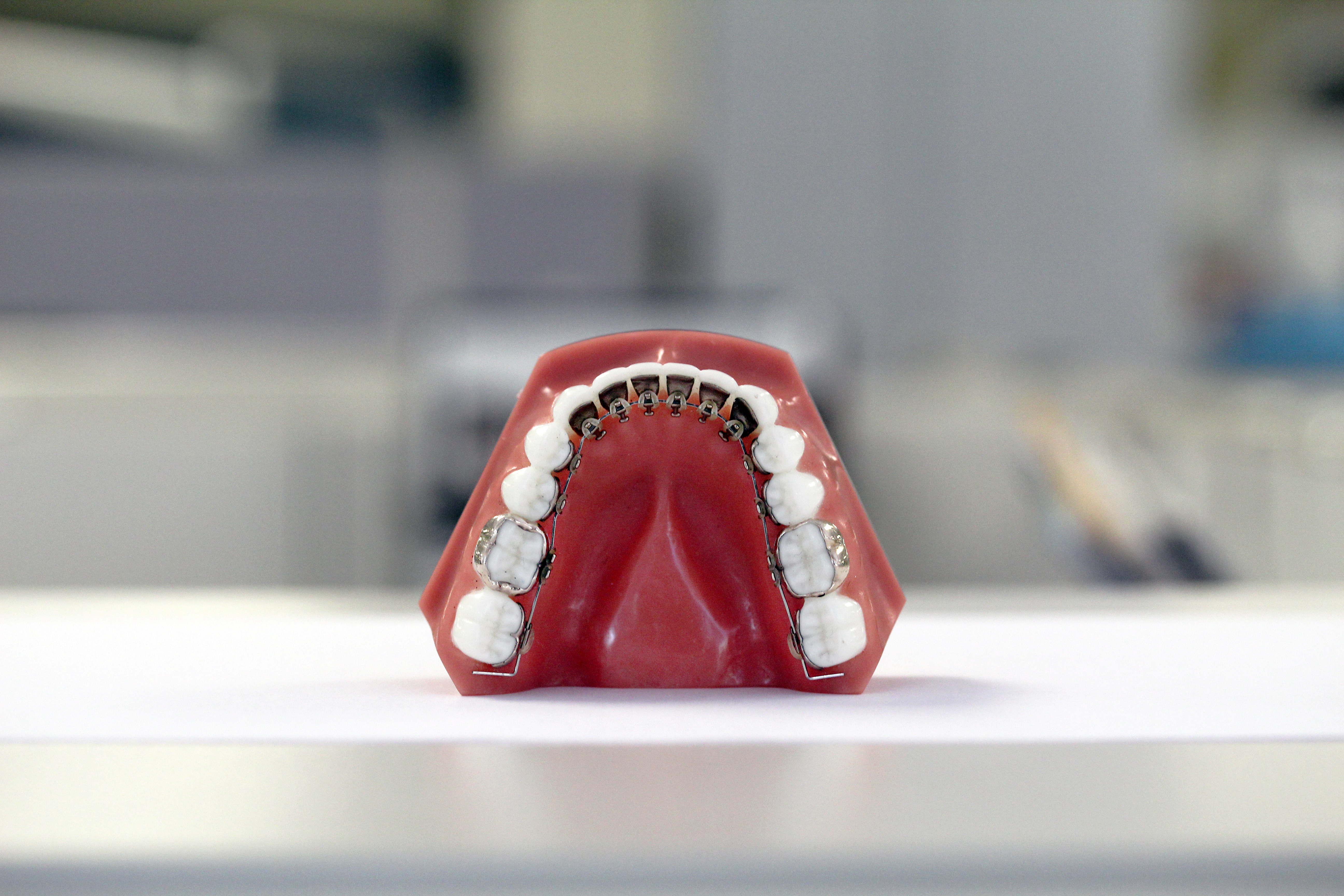The end of 2020 is fast approaching. Besides the election, what does this mean? That it’s time to revisit one of my original posts. As you may recall, most dental residencies charge exorbitant tuition. If our medical colleagues knew, they would shake their heads in disbelief. Where does UCLA vs. USC come into this? Back in 2017, I tallied that the direct cost of attending USC Orthodontics for residency came out to $269,299 (yes tuition, no salary). To match at UCLA Orthodontics, on the other hand, netted you $158,824 (no tuition, yes salary). The raw net difference stood at $428,123. How do the Bruins fare three years later in 2020? Let’s find out.
In late May, the Wall Street Journal published an article detailing the financial troubles of Dr. Mike Meru. In short, Mike Meru is an orthodontist practicing in Utah who owes more than $1 million in student loans. Yes, you read that right! As a fellow orthodontist, I appreciate his willingness to share so much about his financial life with the public. This is something that many people would never do, no matter their line of work. However, this article brought to the forefront a number of difficult issues uniquely facing the current generation of student borrowers. After all, who is to blame for his $1 million student loan debt?
If someone offered you a spot at residency program A at no cost, and a spot at residency program B with a $400K signing bonus, which would you choose? The answer is obvious. What’s the catch? Both residency programs are the same duration. Both programs are located in the same state. Both programs are located in the same city. You will become a full-fledged specialist coming out of either accredited program. There is no catch. For any medical resident, this is an absolute no-brainer. Then why are some dental residents still choosing residency program A?


